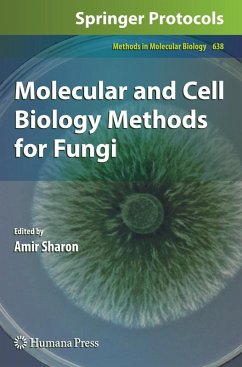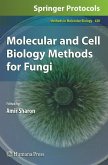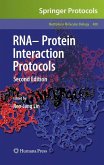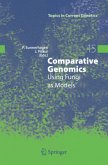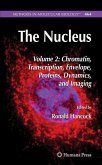With the development of fungal transformation systems and the deciphering of an increasing number of fungal genomes, this diverse clade of heterotrophic eukaryotic organisms has proven to be ideal for molecular work and highly serviceable as model systems to study basic processes with results that are applicable to many organisms, including humans. In Molecular and Cell Biology Methods for Fungi, experts in the field provide an up-to-date set of practical protocols covering a range of frequently used methods used to study molecular and cellular aspects of fungal biology. The included classical protocols such as transformation systems and traditional protein analysis methods, which have been widely used for many years, alongside the most advanced techniques such as genome amplification, whole genome knockout methods, and sophisticated in vivo imaging techniques will prove to be easily adaptable and useful in a wide range of species. Written in the highly successful Methods in Molecular Biology(TM) series format, chapters include introductions to their respective topics, lists of the necessary materials and reagents, step-by-step, readily reproducible laboratory protocols, and notes on troubleshooting and avoiding known pitfalls.
Comprehensive and up-to-date, Molecular and Cell Biology Methods for Fungi seeks to provide cutting-edge techniques in order to aid both experienced fungal research laboratories as well as those that are interested in using fungi as hosts to study their favorite genes.
The kingdom Fungi constitutes an independent group equal in rank to that of plants and animals. It is a diverse clade of heterotrophic eukaryotic organisms that shares some ch- acteristics with animals and includes mushrooms, molds, yeasts as well as many other types of less well known organisms. Approximately 100,000 species have been described, which comprise less than 10% of the estimated number of fungal species in nature. Fungi can be found in every place wherever adequate moisture, temperature, and organic substrates are available; however, they also occupy extreme habitats, from hot volcanoes to arctic zones, arid deserts, and deep oceans. The importance of fungi as a group is tremendous; most species are saprobes and play prime roles in decomposition and the recycling of organic matter and nutrients, and many of them produce enzymes and metabolites with important applications in pharmacology, biotechnology, and other industries. Alongside the positive aspects, fungi also cause huge damage, primarily as plant pathogens. Fungi are highly amenable to molecular work, and a few fungal species serve as model systems to study basic processes with results that are applicable to many organisms, including humans.
Comprehensive and up-to-date, Molecular and Cell Biology Methods for Fungi seeks to provide cutting-edge techniques in order to aid both experienced fungal research laboratories as well as those that are interested in using fungi as hosts to study their favorite genes.
The kingdom Fungi constitutes an independent group equal in rank to that of plants and animals. It is a diverse clade of heterotrophic eukaryotic organisms that shares some ch- acteristics with animals and includes mushrooms, molds, yeasts as well as many other types of less well known organisms. Approximately 100,000 species have been described, which comprise less than 10% of the estimated number of fungal species in nature. Fungi can be found in every place wherever adequate moisture, temperature, and organic substrates are available; however, they also occupy extreme habitats, from hot volcanoes to arctic zones, arid deserts, and deep oceans. The importance of fungi as a group is tremendous; most species are saprobes and play prime roles in decomposition and the recycling of organic matter and nutrients, and many of them produce enzymes and metabolites with important applications in pharmacology, biotechnology, and other industries. Alongside the positive aspects, fungi also cause huge damage, primarily as plant pathogens. Fungi are highly amenable to molecular work, and a few fungal species serve as model systems to study basic processes with results that are applicable to many organisms, including humans.
From the reviews:
"This volume of methods and step-by-step protocols for fungal molecular biology deals with three areas: (i) fungal transformation and gene knockout; (ii) detection and quantitation of fungi; and (iii) microscopy and protein analysis. The authors of the chapters are world leaders in their respective fields and the book ... still a valuable laboratory resource. ... this is a good place for a freshman fungal lab worker to start - and it also provides a useful list of contacts who no doubt could field further questions." (Neil A. R. Gow, Microbiology Today, 2010)
"This volume of methods and step-by-step protocols for fungal molecular biology deals with three areas: (i) fungal transformation and gene knockout; (ii) detection and quantitation of fungi; and (iii) microscopy and protein analysis. The authors of the chapters are world leaders in their respective fields and the book ... still a valuable laboratory resource. ... this is a good place for a freshman fungal lab worker to start - and it also provides a useful list of contacts who no doubt could field further questions." (Neil A. R. Gow, Microbiology Today, 2010)

